
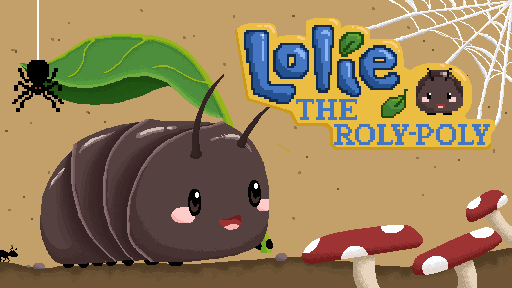
Project for EECS 494. Won first place at the end-of-semester showcase! Worked in a group setting to iteratively create a novel game in the span of six weeks.
Primarily worked on pixel art, cutscene code, animations, story, and UI.
Skills:
Source code is not linked due to University of Michigan Honor Code.
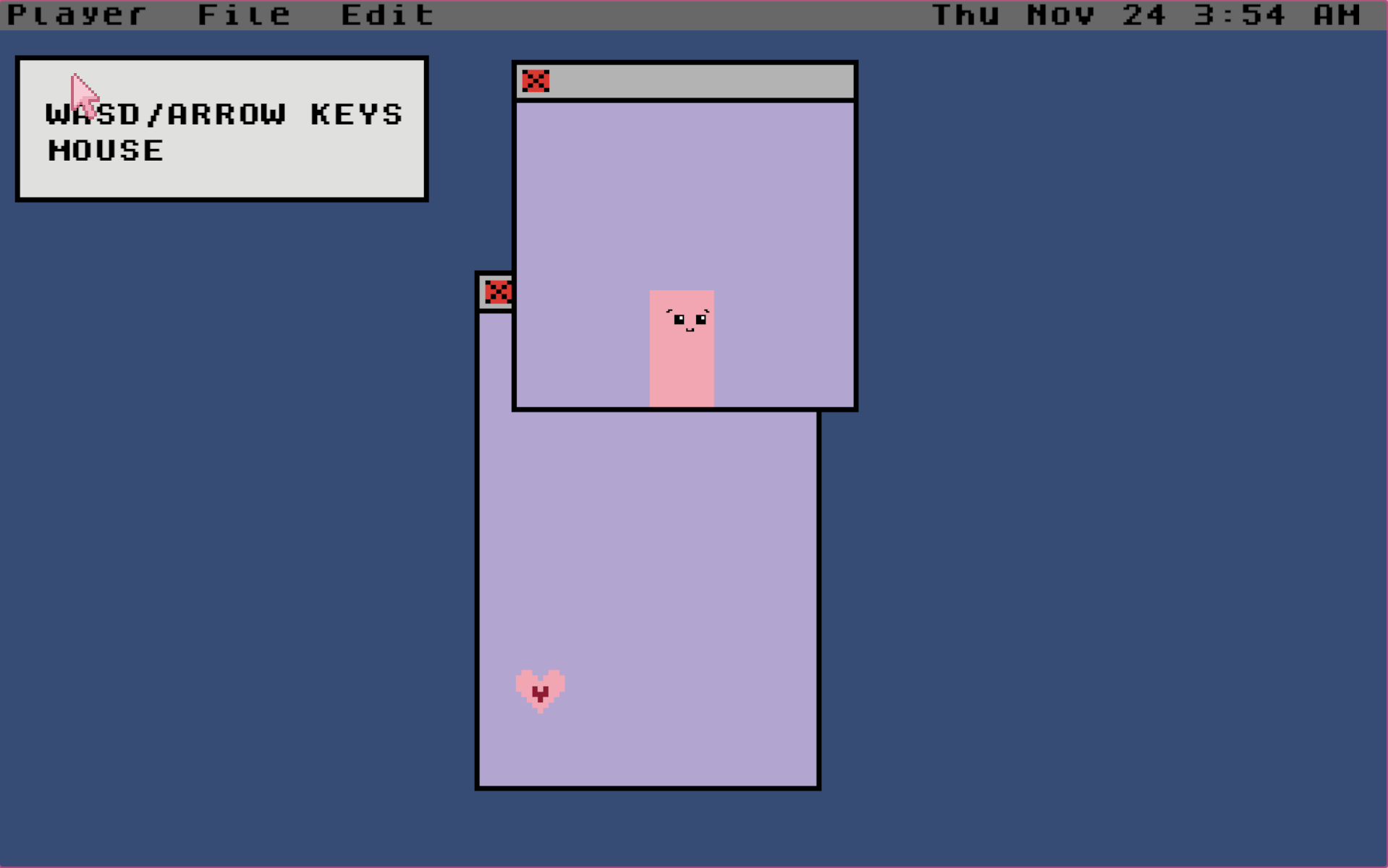
Project for EECS 494. Implemented a game prototype featuring a novel mechanic in less than two
weeks. Created in-game computer windows to create a puzzle platforming game.
Skills:
Source code is not linked due to University of Michigan Honor Code.
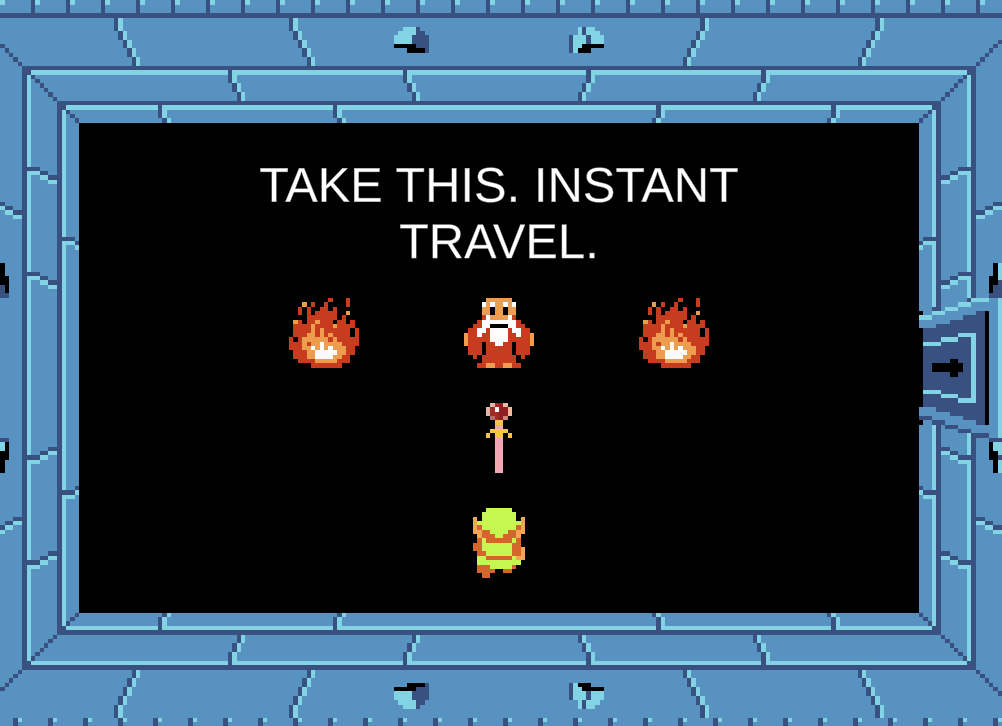
Project for EECS 494. I implemented the first dungeon of the NES Legend of Zelda. Recreated weapons,
collectibles, sprite animation, room mechanics (like the 2D bow room), and enemies. Implemented custom level
with custom mechanic, enemies and obstacles.
Skills:
Source code is not linked due to University of Michigan Honor Code.

This is a personal project. Stardew Checklist app parses a Stardew Valley XML save file
to create a checklist to help the player complete the Community Center within
the first in-year game.
Skills:

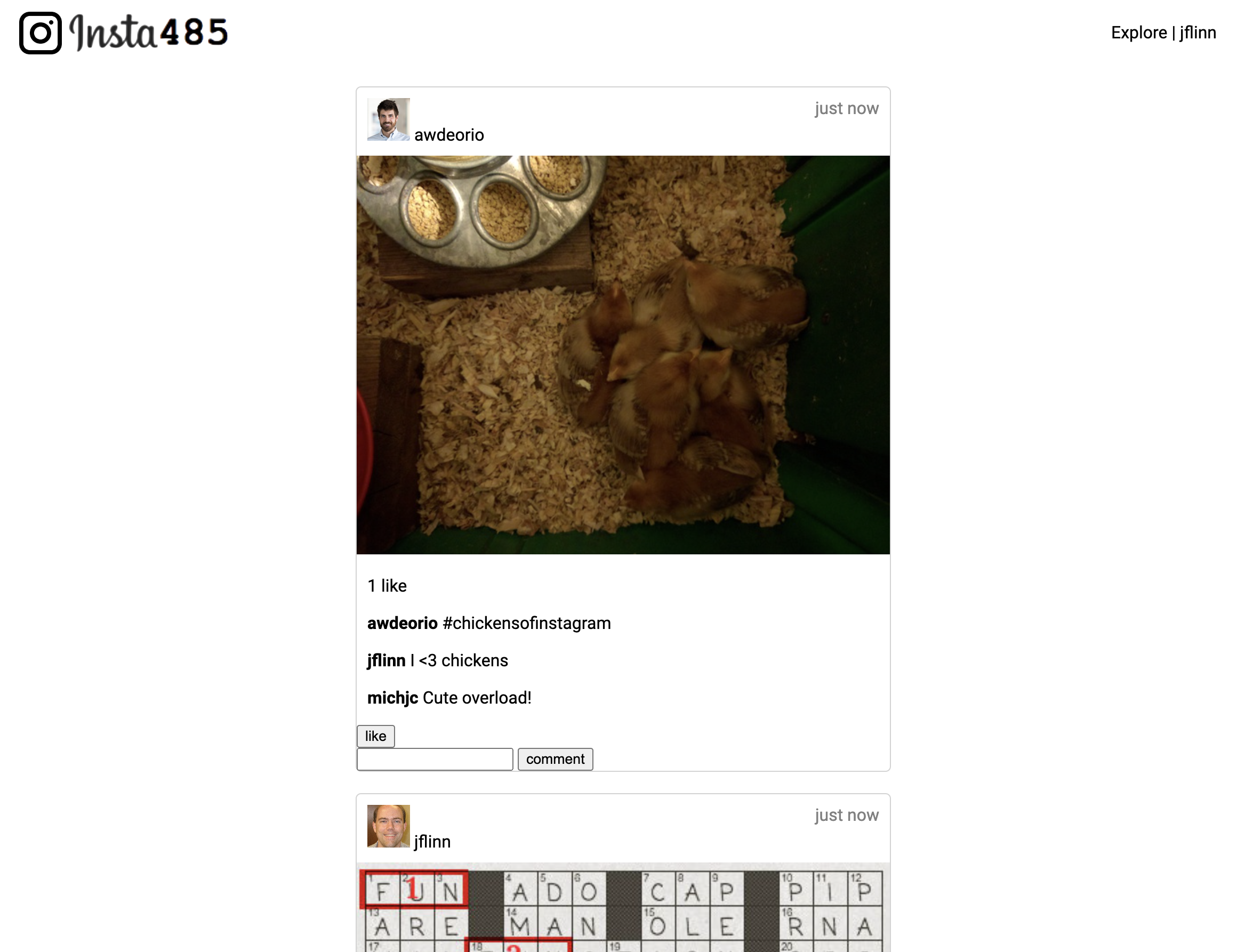
This is a set of three class projects for EECS 485. Full-stack development of an Instagram-like
website. Including comments, posts, liking, accounts, passwords, and more.
Skills:
Source code is not linked due to University of Michigan Honor Code.
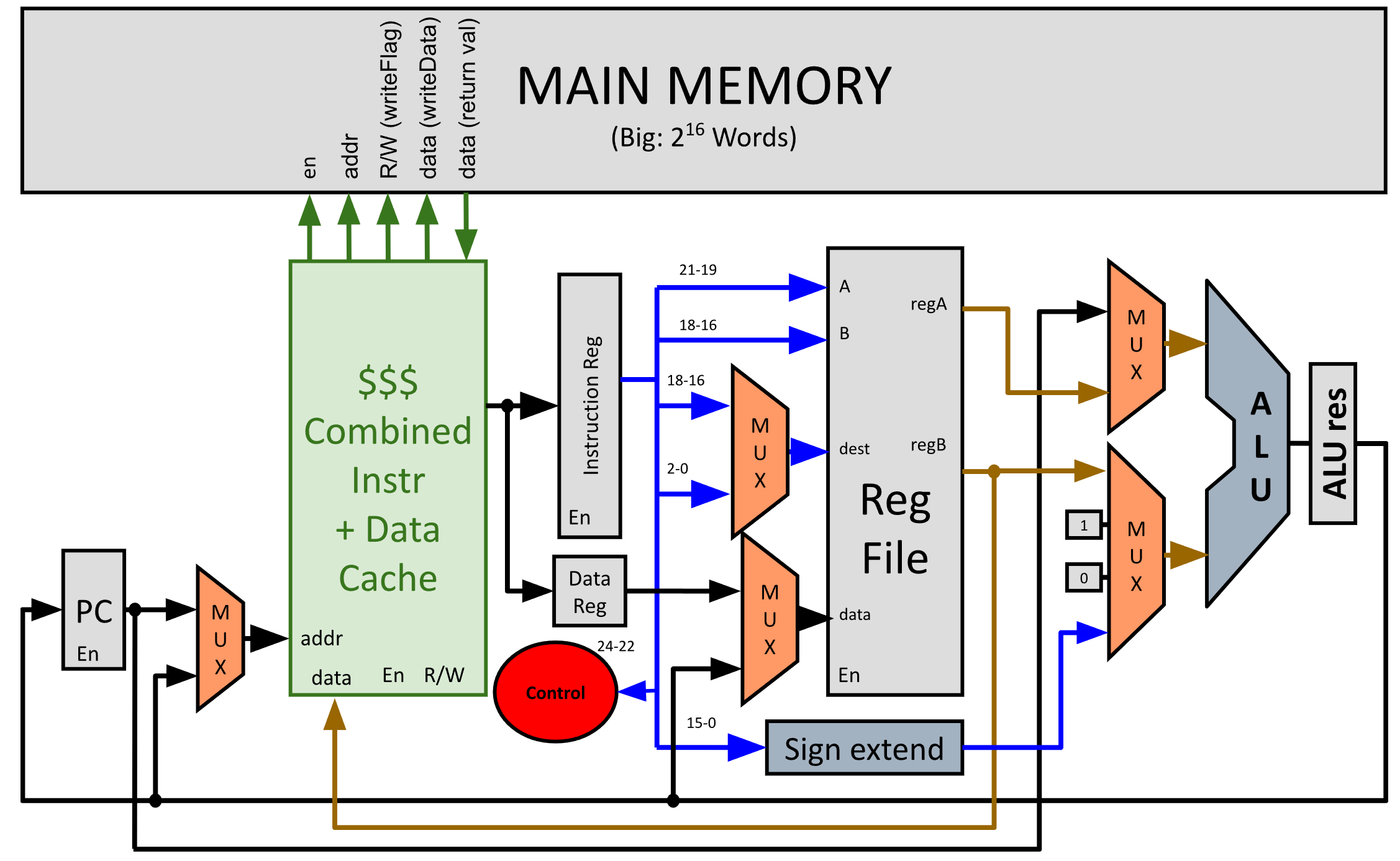
This is a set of four class projects for EECS 370. The first project introduced implementation
of assemblers for LC-2K (a University of Michigan Assembly Language) and single-cycle processor simulators.
The second project added object files and implementing linking for executables. The third project
required implementation of a simulator for a multi-cycle, pipelined processor running LC-2K machine code instructions.
The final project required implementation of a caching simulator.
Skills:
Source code is not linked due to University of Michigan Honor Code.

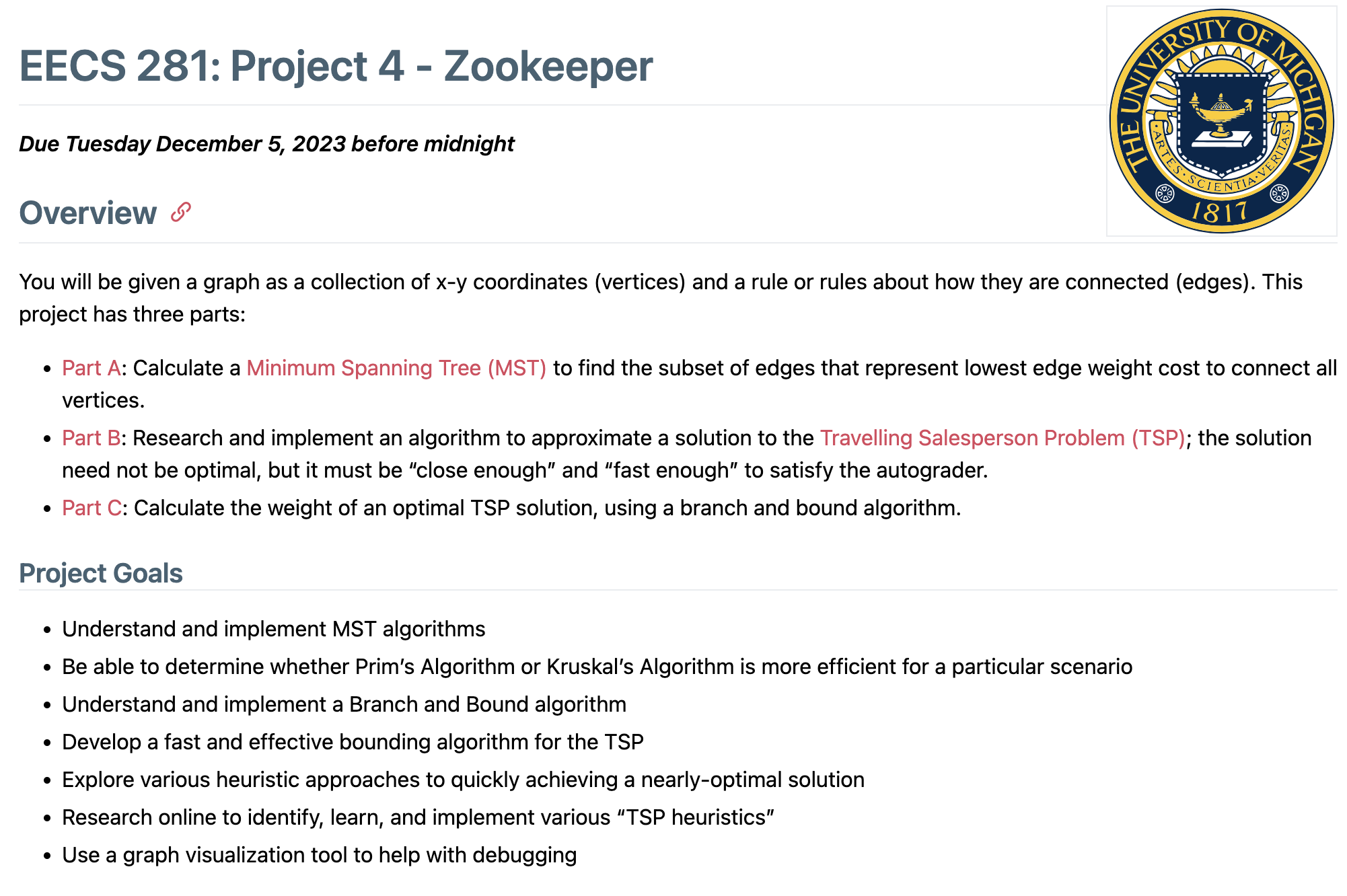
This is a class project for EECS 281. This project took a graph as an input, representing
different animals at a zoo. Then, it implemented a Minimum Spanning Tree (MST) and implemented
and algorithm to approximate a solution to the Travelling Salesman Problem (TSP). The code used
Kruskal's Algorithm and was graded on correctness and efficiency.
Skills:
Source code is not linked due to University of Michigan Honor Code.


This is a class project for EECS 281. A bank wire transfer simulator. The project used multiple data structures,
and focused on code efficiency.
Skills:
Source code is not linked due to University of Michigan Honor Code.
I officially launched Stuck On Allison in October 2019 at age 15. I started making stickers as a hobby. I have made over 2,000 sales on and off Etsy, selling over 12,000 products featuring my own designs. I went on hiatus from August 2022 to August 2024 to adjust to college and focus on my studies. Here are some of my favorite products:
For more information you can check out Stuck On Allison on Instagram and YouTube.
My name is Allison Okimoto (she/her/hers). Last May, I graduated with my Bachelor's in Computer Science from the University of Michigan, Ann Arbor.
I've returned this fall for my fourth and final year to receive my Master's in Computer Science and Engineering.
I'm very passionate about the intersection of psychology, technology, and emotions. And I'm commited to creating
software that integrates design and usability for the best user experience.
Feel free to contact me or connect on LinkedIn .
Feel free to reach out to me via email: allisonokimoto@gmail.com.
You can also find me: